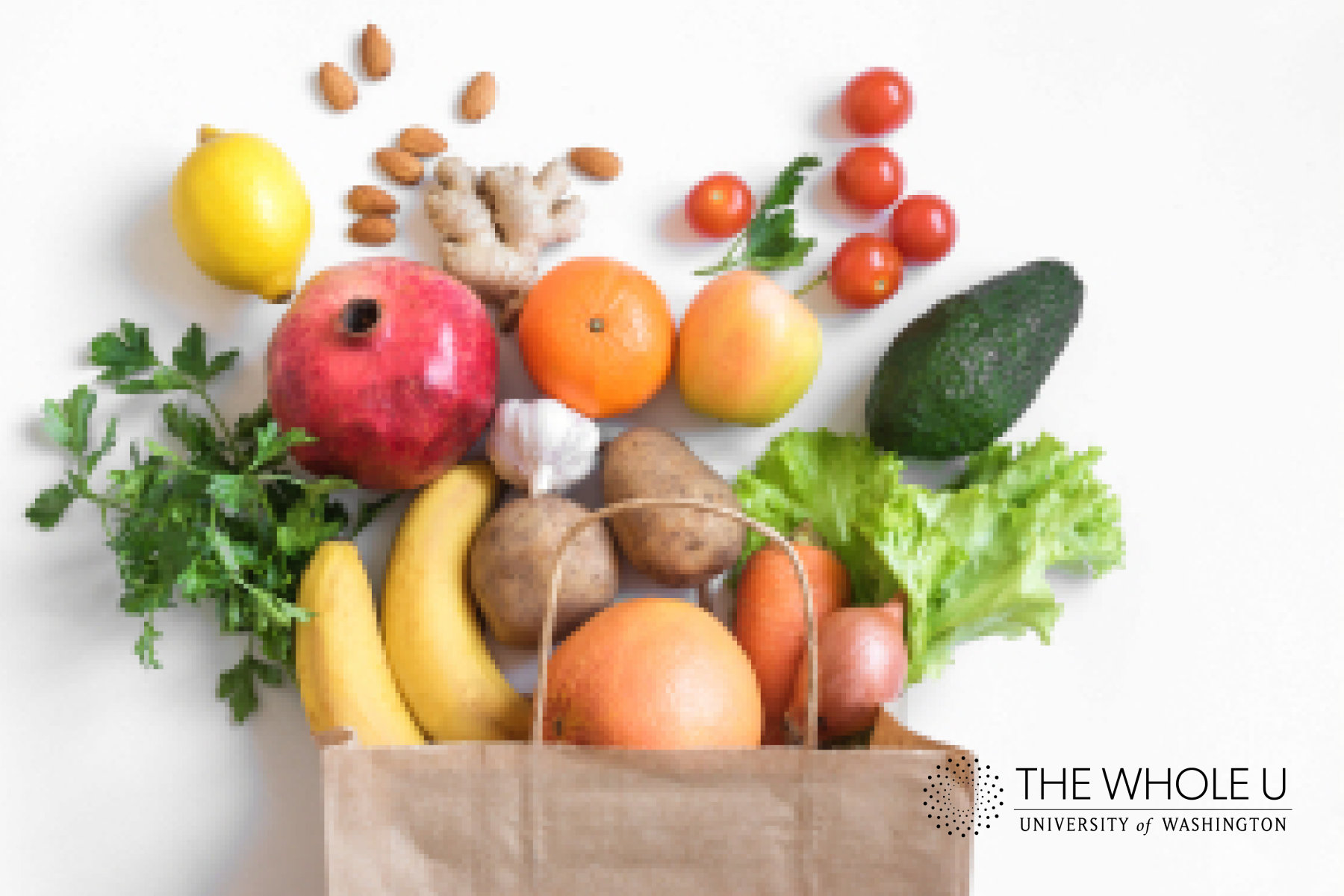
Adopting A ‘Whole’ Approach to Food
With a new year come new opportunities to revamp old eating habits. As you plan to Dare to Do in 2018, rather than setting lofty food goals or worse, starting a diet, why not try something a bit more sustainable—and hopefully more fun: incorporating more whole foods into your meals.
Whole food (noun) – a food that has been processed or refined as little as possible and is free from additives or other artificial substances.
Eating whole might seem like it’s consuming food in a simpler form—it is. But, it’s actually much richer that way. Whole foods are full of nutrients that are often lost when food goes and gets processed. By eating “whole,” you are consuming foods with all that good fiber, those vitamins, minerals, and nutrients intact. The best part is that they’re widely available.
The easiest way to start adding in whole foods is to buy fruits and vegetables as well as whole grains (think: brown rice, bulgur wheat, amaranth, quinoa, farro) at the store or farmer’s market and start trying them in your favorite recipes.
Tips for Eating More Whole Foods
- Like pasta? Try mixing whole wheat pasta with your regular pasta. Eating both at the same time helps your palate adjust over time.
- Add arugula, kale or spinach to your grilled cheese sandwich (tomato and/or avocado too!).
- Toss some cut up veggies (examples: broccoli, cauliflower, carrots and/or beets) or leafy greens (like arugula and spinach) with your mac and cheese.
- Add extra veggies to your pasta sauce: I like to sauté onions, mushrooms, and spinach to toss in with a plain marinara sauce.
- Don’t think you like a veggie? Try cooking it a different way. Steaming, roasting, sautéing, and blanching are all great ways to prepare vegetables.
- Try roasting a spaghetti squash and serving it for dinner with tomato sauce and Parmesan cheese.
- Mix sautéed vegetables with your favorite whole grain and some avocado, salt, and spices to make a hearty grain and veggie bowl.
- Make your oatmeal more delicious by tossing in a handful of frozen berries before cooking. (My favorite oatmeal recipe is, put ½ cup oats & ⅓ cup berries in a microwave safe bowl, add water just to cover, microwave 2 minutes, stir, add milk if you please. Then eat!)
Tips for Eating More Greens
- Serve your favorite soup, beans or chili (canned is fine) over a bowl of raw greens such as spinach, watercress, Napa cabbage, thin chopped kale or arugula. The warmth of the soup will wilt the greens and make them more tender.
- Blend fresh or frozen greens like spinach or kale with your favorite fruit and almond milk, soy milk or yogurt for a smoothie.
- Add chopped greens like bok choy, chard, kale or cabbage to a stir-fry.
- Sauté onions and garlic in a bit of broth or olive oil, add kale, chard, broccoli rabe, mustard greens or collards and cook until tender.
- Add leafy greens to sandwiches — watercress, baby spinach or arugula are tender greens or heartier greens like kale and chard can be used raw or wilted first (steamed or 20 seconds covered in a microwave).
- Use large, flat-leaf greens like romaine lettuce or steamed collards as you would a tortilla to create healthier wraps.
- Add cooked greens (steamed or sautéed) to your pasta. Plain cooked with olive oil and Parmesan or with a cheese sauce.
- Add extra chopped greens like spinach, kale, collards, and bok choy into soups, stews, and pasta sauces, cooking until tender.
I also recommend asking local farmers at the farmer’s market near you for recipes and/or their favorite ways to cook and eat the vegetables and fruits they grow. I hope the New Year brings you a deeper appreciation for all the ways whole foods can be incorporated into your meals.
Here are some other great additional resources for cooking whole foods:
Websites:
101 Cookbooks
Cookus Interruptus
Cookbooks:
Feeding the Whole Family by Cynthia Lair
Super Natural Cooking by Heidi Swanson
Super Natural Everyday by Heidi Swanson
The Moosewood Cookbook by Molly Katzen
Set 20018 in motion and join us for the 90-day Dare to Do New Year’s wellness challenge! Register today.
Eliza Lagerquist, MS, RD, CD, is a Registered Dietitian working in the Neonatal ICU and Labor & Delivery units at the University of Washington Medical Center. When she isn’t working, she enjoys running, reading, and cooking whole foods for her family.
One Thought on “Adopting A ‘Whole’ Approach to Food”
On January 2, 2018 at 5:19 PM, Adolfo Usier Fotografia e Workshops said:
Thank you so much for the reading, I’m actually starting to eating much more green!
Happy 2018!
Comments are closed.